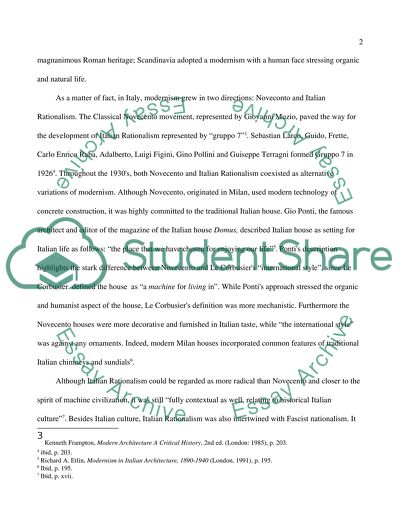Cite this document
(“Variations on the Modern Essay Example | Topics and Well Written Essays - 3000 words - 1”, n.d.)
Retrieved from https://studentshare.org/environmental-studies/1409444-variations-on-the-modern
Retrieved from https://studentshare.org/environmental-studies/1409444-variations-on-the-modern
(Variations on the Modern Essay Example | Topics and Well Written Essays - 3000 Words - 1)
https://studentshare.org/environmental-studies/1409444-variations-on-the-modern.
https://studentshare.org/environmental-studies/1409444-variations-on-the-modern.
“Variations on the Modern Essay Example | Topics and Well Written Essays - 3000 Words - 1”, n.d. https://studentshare.org/environmental-studies/1409444-variations-on-the-modern.


